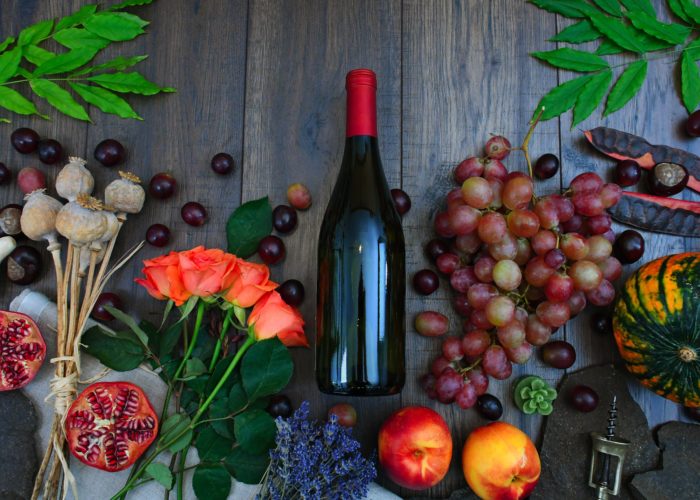Wine is one of my favorite fields to translate in. Descriptions of wine often pull out all the stops in their use of language, waxing lyrical and employing synesthesia (the transfer of sensations from one sensory area to another, such as describing a taste with a texture) to attempt to capture in words the ineffable and transitory experience of enjoying a fine wine. Rendering this kind of writing in English is a stimulating challenge. Here are some thoughts and advice about the trickier points of wine translation from French.
- Remember that the French vocabulary for wine is more technical than the English vocabulary and look for alternatives. While a word like “vinosité” sounds familiar to French ears, the corresponding English term, “vinosity,” is unusual. While you may see this term used on connoisseur blogs, it’s not helpful when translating marketing materials for the general public. Descriptive alternatives in English such as “lushness” or “complexity” would work well here. Read wine blogs to get a sense of the terms that appear most frequently in English and how they are used, and make lists of synonyms and related terms.

- Compare and contrast. When crafting descriptions of several wines from one estate, consider the distinctions between them. For instance, one wine may have roundness, generosity, and depth, while another is smooth and velvety and still another is sharp and ripe. Try to avoid repeating terms and make sure that each wine’s personality comes across in a way that distinguishes it from the others.
- Be aware of connotations and cultural differences. A marketing executive of an American subsidiary of a French company once told me that she often encountered literal translations from French that sounded too sexual. In the wine realm, if a French vintage is called “voluptueux,” that doesn’t mean that the term “voluptuous” is going to sound appropriate or meaningful in English.
- Develop an understanding of the wine-making process and its terminology. You don’t have to become a master œnologue to be a wine translator, but some descriptions of wine will include information about how it is made. For instance, the description may mention whether the wine is aged on lees or not. Here are some helpful resources for learning about winemaking:
- Bird, David. Understanding Wine Technology: The Science of Wine Explained. Nottinghamshire, UK: DBQA Publishing, 2004. A thorough and useful explanation of winemaking for the non-expert with a glossary and index.
- Glatre, Eric. Lexique de la Vigne et du Vin (Français-Anglais/English-French). Paris: Dunod 2014. A great lexicon with a valuable visual section depicting winemaking tools and a “tasting map” with descriptive terms.
- Robinson, Jancis and Julia Harding. The Oxford Companion to Wine, fourth edition. Oxford: Oxford UP, 2014. I bought this book when I was translating Vino Business by Isabelle Saporta. It’s more than I really needed, but the encyclopedic format makes it a good resource for reliable definitions of terms, and it’s also a lot of fun to flip through.
Top photo by Adonyi Gábor from Pexels



Glad you enjoyed it!
I love this peek into a very special banlieue of translation. Thank you!